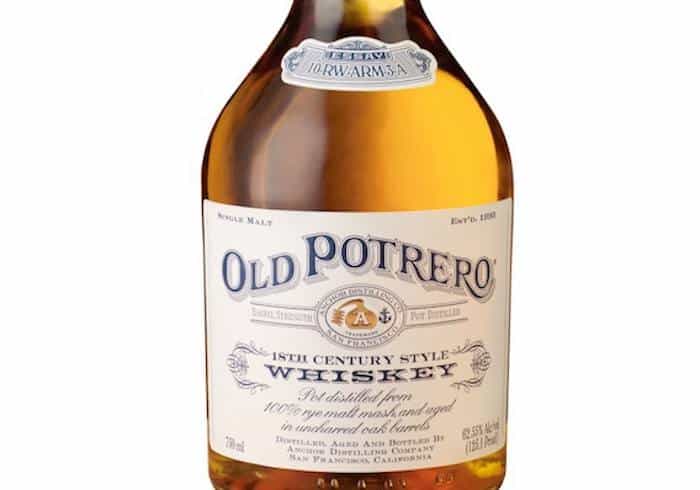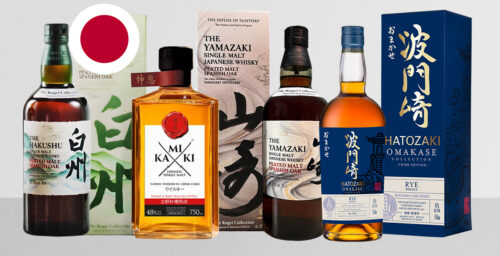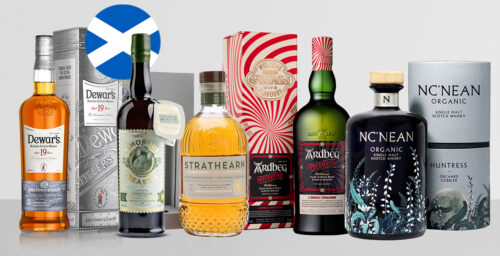San Francisco’s Anchor Distilling is an operation that traces its roots all the way back to 1871, with the founding of a brewery in the Russian Hill neighborhood. That brewery later became Anchor Brewing, which, in 1965, was purchased by Fritz Maytag, one of the early pioneers in the craft brewing movement. In 1993, Maytag started Anchor Distilling, hoping to apply the same craft ethos that fueled the brewery to the making of spirits. At the time, pot stills had fallen into disuse in the U.S., and rye whiskey occupied a tiny corner of the market.
These days, Anchor holds a big portfolio of spirits from all over the world. Old Potrero, named for Potrero Hill in San Francisco, is the label used for spirits made at the distillery.
As far as whiskey goes, Old Potrero takes a very specific tack: all of their whiskeys are made with 100% malted rye. Malted rye whiskey is still pretty unusual, although the category seems to be growing, with a handful of craft expressions from Cedar Ridge, Wigle, and Oppidan cropping up in recent years. According to the distillery, their whiskeys are “an attempt to re-create the original whiskey of America,” for which rye was the grain of choice. I’m not clear on whether early American distillers would have used malted rye, specifically—I’ve never heard that anywhere else, although if you didn’t have access to barley malt, malting other grains to generate the enzymes needed to turn starch into sugar for fermentation would make sense.
In any case, this specific whiskey goes even further down the historical rabbit hole, attempting to emulate an 18th century-style whiskey. Obviously, nobody living today has tasted a whiskey from the 18th century, and the distillery doesn’t provide much information on their research methods. But basically, what sets this whiskey apart is that it’s aged in barrels that are toasted, not charred. The toasting comes about simply because heating over an open flame was how old-timey coopers bent barrel staves before it was easy to produce a lot of steam for that purpose. Supposedly, it wasn’t until later on that heating to the point of charring came into fashion.
Tasting Notes: Old Potrero 18th Century Style Whiskey
Vital Stats: This whiskey is a blend of whiskeys aged between two and a half years and five and a half years in new and used toasted oak barrels, and bottled at 51.2% ABV.
Color: Deep gold, like a super-rich white dessert wine.
Nose: Very grainy, almost yeasty, like rising bread. A little honey, combined with the toasty graininess, gives an impression of Honey Nut Cheerios. Dried stone fruit—namely that dense, faintly funky scent dried peach has—surfaces after a few minutes.
Palate: Honey shows up first on the palate. There’s some grain, but not as much as I got on the nose. The fruit here is darker and juicier, more like blackberry, and it’s spicy, but in the peppery sense, not the baking spice sense. Fairly hot and pleasantly sticky on the palate. Spice on the finish, followed by oak, with fruit lingering.









